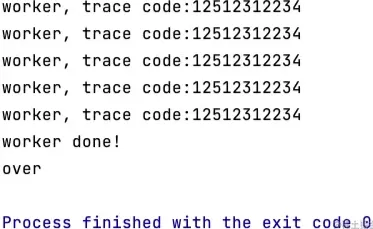当前位置:网站首页>Essential basic knowledge of digital image processing
Essential basic knowledge of digital image processing
2022-07-04 15:44:00 【Xiaobai learns vision】
Basic knowledge of
1、 Digital image :
Digital image , Also known as digital image or digital image , Is the representation of a two-dimensional image in finite digital pixels . Digital image is obtained by digitizing analog image 、 Pixel based 、 An image that can be stored and processed by a digital computer or digital circuit .
2、 Digital image processing includes content :
Image digitization ; Image transformation ; Image enhancement ; Image restoration ; Image compression coding ; Image segmentation ; Image analysis and description ; Image recognition and classification .
3、 The digital image processing system includes some :
Input ( collection ); Storage ; Output ( Show ); signal communication ; Image processing and Analysis .
4、 from “ Simulated image ” To “ Digital image ” The steps to go through are :
Acquisition of image information ; Storage of image information ; Image information processing ; Transmission of image information ; Output and display of image information .
5、 Digital image 1600x1200 What do you mean ? The general value range of gray scale 0~255, What does it mean ?
Digital image 1600x1200 Indicates that the spatial resolution is 1600x1200 Pixels ; Gray scale range 0~255 Indicates the 256 Gray scale , It is to express the light and dark relationship of the image through different degrees of gray ,8bit Gray scale resolution .
6、 What are the two processes involved in image digitization ? How do they affect the quality of digital images ?
sampling ; quantitative
Sampling is the transformation of spatially continuous images into discrete points , The higher the sampling frequency , The more realistic the restored image . Quantization is to convert the sampled pixels into discrete quantitative values , The number of different gray values in a digital image is called gray level , The larger the series , The sharper the image .
7、 What factors are related to the amount of digital image data ?
Image resolution ; Sampling rate ; Sampling value
8、 What is gray histogram ? What applications does it have ? What information can you get from the gray histogram ?
Gray level histogram reflects the relationship between the frequency of each gray level pixel in an image
It can be used for : Judge whether the image quantization is appropriate ; Determine the threshold of image binarization ; Calculate the area of the object in the image ; Calculate the amount of image information .
From the gray histogram, you can get :
The histogram components corresponding to the dark image are on the left side with small gray value
The histogram of bright images tends to the right side with large gray value
The histogram corresponding to the image with low contrast is narrow and concentrated in the middle of the gray level
The histogram corresponding to the image with high contrast has a wide distribution range and is evenly distributed
9、 What is point processing ? Which of the algorithms you have learned belong to point processing ?
In local processing , The processing that the output value is only related to the pixel gray is called point processing . Such as : Image contrast enhancement , Image binarization .
10、 What is local processing ? Which of the algorithms you have learned belong to local processing ?
When processing the input image , Calculating an output pixel value is determined by the pixel value in the small field of the input image pixel , This kind of processing is called local processing . Such as : Moving average smoothing method of image , Space domain sharpening method .
Image enhancement / airspace
11、 What is the purpose of image enhancement ?
The purpose of image enhancement is to improve the visual effect of the image , For the application of a given image , Purposefully enhance the overall or local characteristics of the image , Make the original unclear image clear or enhance some interesting features , Expand the difference between the features of different objects in the image , Suppress features that are not of interest , Make it improve the image quality 、 Rich information , Strong image interpretation and recognition effect , Meet the needs of some feature analysis .
12、 What is the histogram of gray image ? It can be used to simply judge the image quality ?
Gray histogram is defined as the statistical relationship between each gray level and its occurrence frequency in a digital image , It can describe the general picture of the image , For example, the gray scale range of the image , Frequency of each gray level , Gray level distribution , Average brightness and contrast of the whole image
13、 What are the common image enhancement methods ?
Linear transformation of image ; Nonlinear change of image ; Histogram equalization and normalization of image .
14、“ Average template ” What kind of image processing ? Write 3x3 and 5x5“ Average template ”?
Suppress noise , Improve image quality
15、“ median filtering ” What kind of image processing ? How to calculate ?
Median filtering is to sort the gray values of pixels in a sliding window , Replace the gray level of the central pixel of the window with its value Value filtering method , It is a nonlinear smoothing method , It has good suppression effect on pulse interference and salt and pepper noise , In depression It can effectively protect the edge from blurring while controlling random noise .
16、 What is point processing 、 Local processing 、 Global processing ?3x3 Average template 、 Histogram correction 、 What kind of processing does gray inversion belong to ?
Do something about it : The processing that the output value is only related to the pixel gray is called point processing .( Histogram correction )
Local processing : Calculating an output pixel value is determined by the pixel value in the small field of the input image pixel , This kind of processing is called local processing .( Grayscale inversion )
Global processing : The change of the gray level of a pixel in the image is related to the gray level of all pixels in the image .(3x3 Average template )
Image transformation / Frequency domain processing
17、 Common image transformation algorithms :
Geometric transformation of images ( Image distortion correction 、 Image zoom : Bilinear interpolation 、 rotate 、 Splicing )
Image transformation ( Fourier 、 cosine 、 Walsh - Hadamar 、K-L Transformation 、 Wavelet transform )
Image frequency domain processing ( Enhancement algorithm : High frequency boost 、 Homomorphic filtering ; Smooth denoising : Low pass filtering )
18、 Why do we need to transform images ? Various transformations are applied to image processing ?
Image transformation plays an important role in digital image processing and analysis , Is a common 、 Effective analytical means . The purpose of image transformation is : Make image processing problematic ; It is good for image feature extraction ; Helps conceptually enhance understanding of image information .
19、 Briefly describe the difference between spatial filtering and frequency domain filtering
Airspace method : Directly operate the pixel gray of the image . Commonly used algorithm : Gray scale transformation of image ; Histogram correction ( equalization 、 Prescriptive ); Smoothing and sharpening ; Color enhancement .
Frequency domain method : In the transform domain of the image , Operate on the transformation value of the image , Then the required enhancement result is obtained by inverse transformation . Commonly used algorithm : Low pass filtering ; High frequency lifting filter ; Homomorphic filtering .
20、 Image enhancement in frequency domain 、 Denoise 、 Which filter is used for edge detection ?
enhance ———— Homomorphic filter
Denoise ———— low pass filter
edge detection —— High pass filter
21、 Steps of image processing in frequency domain :
a. Remove the noise , Improve the visual effect of the image
b. Protruding edges is conducive to recognition and processing
Image restoration
Common image transformation algorithms :
(1) Inverse filtering ; (2) Wiener filtering (Wiener Filter);(3) Blind convolution
22、 What is image restoration ? What is the difference with image enhancement ?
The image is forming 、 Transmission and recording , Because of the imaging system 、 Imperfect transmission media and equipment , Resulting in image quality degradation , This phenomenon is called image degradation .
Image restoration and image enhancement are different , Although the purpose of both is to improve the quality of the image , But image enhancement does not consider how the image is degraded , Only by exploring various technologies to enhance the visual effect of the image . therefore , Image enhancement can ignore whether the enhanced image is distorted , Just look comfortable . Image restoration is completely different , We need to know the mechanism and process of image degradation , Accordingly, a corresponding inverse process solution method is found , So as to obtain the restored image . If the image has degraded , Restoration should be done first , Then do enhancement .
23、 Name several image degradation :
Image blur 、 The distortion 、 There is noise, etc
24、 What is Wiener filter ?
It is a linear filter with the least square as the optimal criterion , Under certain constraints , The square of the difference between its output and the given function reaches the minimum , Through mathematical operations, it can finally be changed into a problem of solving the tobrez equation , It uses the correlation and spectrum characteristics of stationary random process to filter the signal mixed with noise .
25、 Name several common image restoration methods ?
Algebraic recovery method : Unconstrained recovery ; Constrained least squares
Frequency domain recovery method : Inverse filter recovery method ; Remove blur caused by uniform motion ; Wiener filter restoration method
Image compression coding
Common image transformation algorithms :
(1) Huffman code ;(2) Arithmetic coding ;(3) Prediction code ;(4) Transcoding
26、 Why can images be compressed ?( That is, what kinds of redundancy exist in digital images ?)
The reason why image data can be compressed , Because there is redundancy in the data . In image compression , There are three basic types of data redundancy : Coding redundancy ; Redundancy between pixels ; Visual redundancy .
27、 What is lossy and lossless compression ?
lossless compression : It is the compression of the file itself , It is the same as the compression of other data files , It is to optimize the data storage mode of files , Use some algorithm to express repeated data information , Files can be completely restored , It does not affect the contents of the document , For digital images , It will not cause any loss of image details .
Lossy compression : It's a change to the image itself , When saving the image, more brightness information is retained , Combine the information of hue and color purity with the surrounding pixels , The proportion of consolidation is different , The compression ratio is also different , As the amount of information decreases , So the compression ratio can be very high , The image quality will decline accordingly .
28、 What is the basic idea of Huffman coding algorithm ?
It is encoded according to the probability of occurrence of source data symbols . The more likely symbols appear in the source data , The shorter the codeword allocated ; The less likely the signal appears , The longer the yard , So as to achieve as few codes as possible to represent the source data .
29、 The difference between lossy and lossy predictive coding algorithms ? In which link has the data been compressed ?
Nondestructive ( Also known as no distortion 、 No error 、 Information retention ) What is deleted in the coding is only the redundant data in the image data , There is no distortion between the decoded reconstructed image and the original image .
lossy ( Also known as error 、 There is distortion ) Encoding refers to the distortion of the reconstructed image compared with the original image , It cannot be restored accurately , But the visual effect is basically the same , It is a coding method to achieve high compression ratio .
30、 Brief statistical code 、 Arithmetic coding 、 Prediction code 、 The basic principle of transform coding algorithm
Statistical coding : Variable length code according to the probability distribution of the source , Make the average code length very close to entropy .
Arithmetic coding : Using the joint probability of coded symbols , Replace a string of input symbols with a single floating-point number .
Prediction code : Not directly encode the signal , Instead, it encodes the prediction error of the image . In essence, it is encoding new information , To eliminate the correlation and redundancy between adjacent pixels .
Transform coding algorithm : It is to transform the image from spatial domain into transform domain coefficients with relatively concentrated energy through orthogonal transformation , Then the transform coefficients are encoded , So as to achieve the purpose of compressing data .
Image edge detection 、 Division
Common algorithms for image processing :
(1) edge detection :Canny operator 、Laplacian operator 、Sobel operator
(2)Hough Transform detection line and circle algorithm
(3) Image segmentation : Threshold segmentation calculation ( Also called binarization )、 Region segmentation algorithm : Regional growth method 、 Split and merge method 、 Spatial clustering .
31、 Name a few common edge detection operators :
Canny operator 、Laplacian operator 、Sobel operator
32、 Name the following four templates to achieve smooth denoising ( low pass filter )、 Sharpen the image ( Gradient method )、 edge detection ( High pass filter ) What kind of treatment ?
additional :
1、 Gray image and color image :
Grayscale image : Is a two-dimensional gray ( brightness ) function f(x,y)
Color images : By three two-dimensional gray functions f(x,y) form . Three are RGB perhaps HSV
2、 The image processing :
From image to image : From image to processed image
A decision : Transform an image into a non image representation
3、 Adjacent pixels :
Four neighborhoods :
Diagonal fields :
Eight fields :
4、 Pixel connection 、 Adjacency 、 Connect with
Adjacency adjacency: Only consider the spatial relationship between pixels
From the measurement relationship between pixels :
Four fields can also be defined as :
Eight fields can also be defined as :
Connect connectivity:
Spatial relations : Meet adjacency
Grayscale relationship : Whether the gray value meets a specific similarity criterion , use V To express this criterion .
4- Connect :2 Pixel p and r stay V And r stay p Of 4 In the neighborhood
8- Connect :2 Pixel p and r stay V And r stay p Of 8 In the neighborhood
m- Connect ( Hybrid connection ):2 Pixel p and r stay V The value of , And meet one of the following conditions
1、r stay p Of 4 In the field . 2、r stay p And p Of 4 Field and r Of 4 The intersection of neighborhoods is an empty set . As shown in the figure below :eg: On the left side of the color image is m- Connect , The right side is not .
5、 The distance between pixels
3 Pixel p,q,r, Each has coordinates (x, y),(s, t),(u, v), The measurement function is recorded as D.
The nature of the distance between pixels :
1>D(p,q)>=0 The distance between two pixels is always positive
2>D(p,q)=D(q,p) Distance has nothing to do with the choice of starting and ending points
3>D(p,R)<=D(p,q)+D(q,r) The shortest distance is along a straight line
Distance metric function :
1> Euclidean distance : distance p Less than or equal to a certain value is : With p A circle of origin
2> City block distance : The distance is less than or equal to a certain value with p Centered diamond
3> Chessboard distance : distance p Less than or equal to a certain value is based on p A square centered on
边栏推荐
- Redis哨兵模式实现一主二从三哨兵
- 在芯片高度集成的今天,绝大多数都是CMOS器件
- Big God explains open source buff gain strategy live broadcast
- 31年前的Beyond演唱会,是如何超清修复的?
- %s格式符
- Stew in disorder
- %S format character
- Weibo and Huya advance into interest communities: different paths for peers
- Unity script API - time class
- Solve the error of JSON module in PHP compilation and installation under CentOS 6.3
猜你喜欢
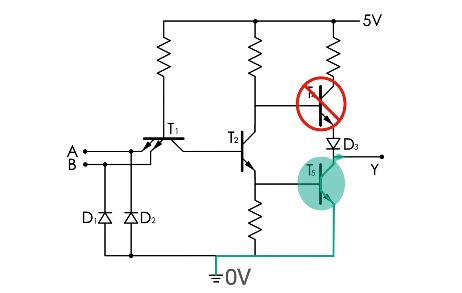
在芯片高度集成的今天,绝大多数都是CMOS器件
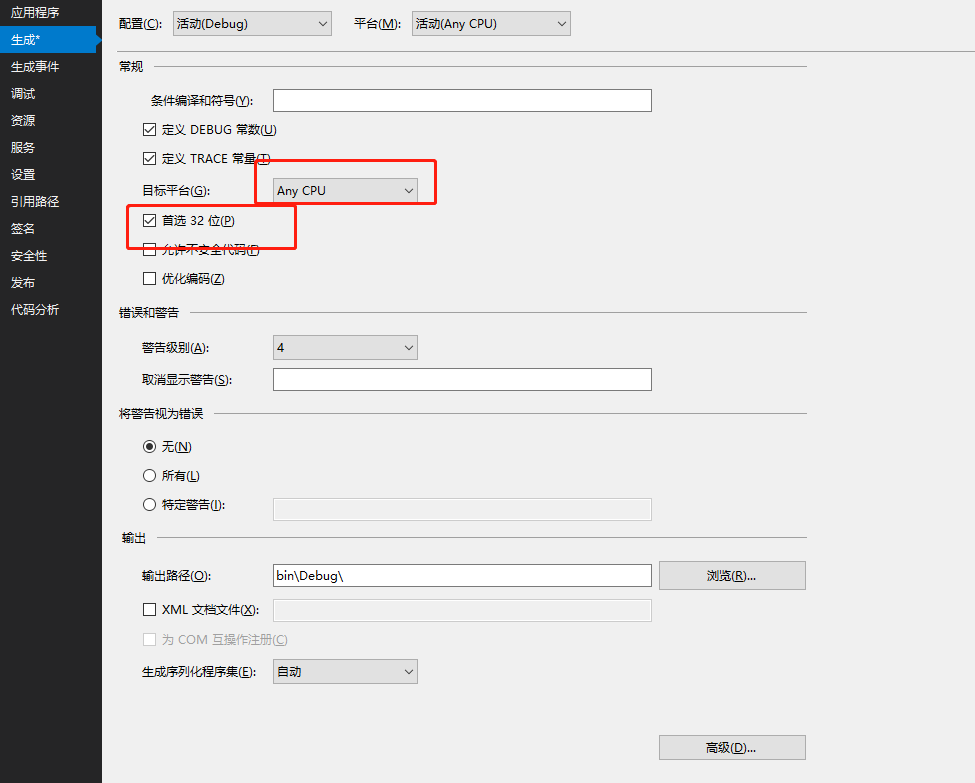
.Net 应用考虑x64生成
一篇文章搞懂Go语言中的Context

直播预告 | PostgreSQL 内核解读系列第二讲:PostgreSQL 体系结构
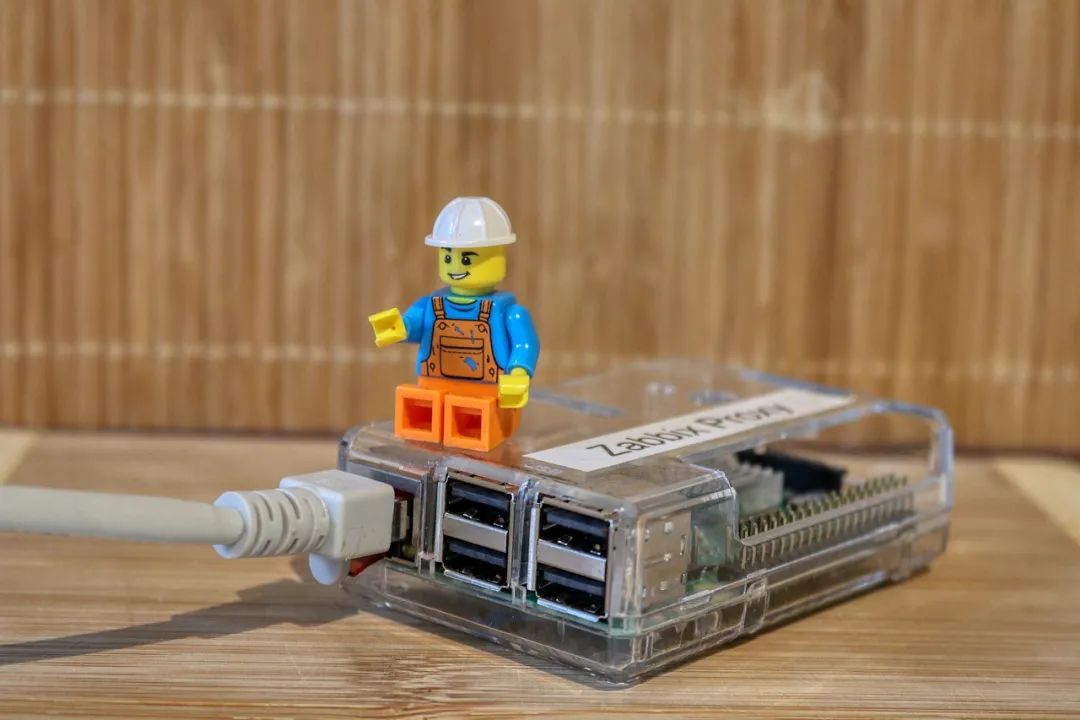
這幾年爆火的智能物聯網(AIoT),到底前景如何?

Unity动画Animation Day05
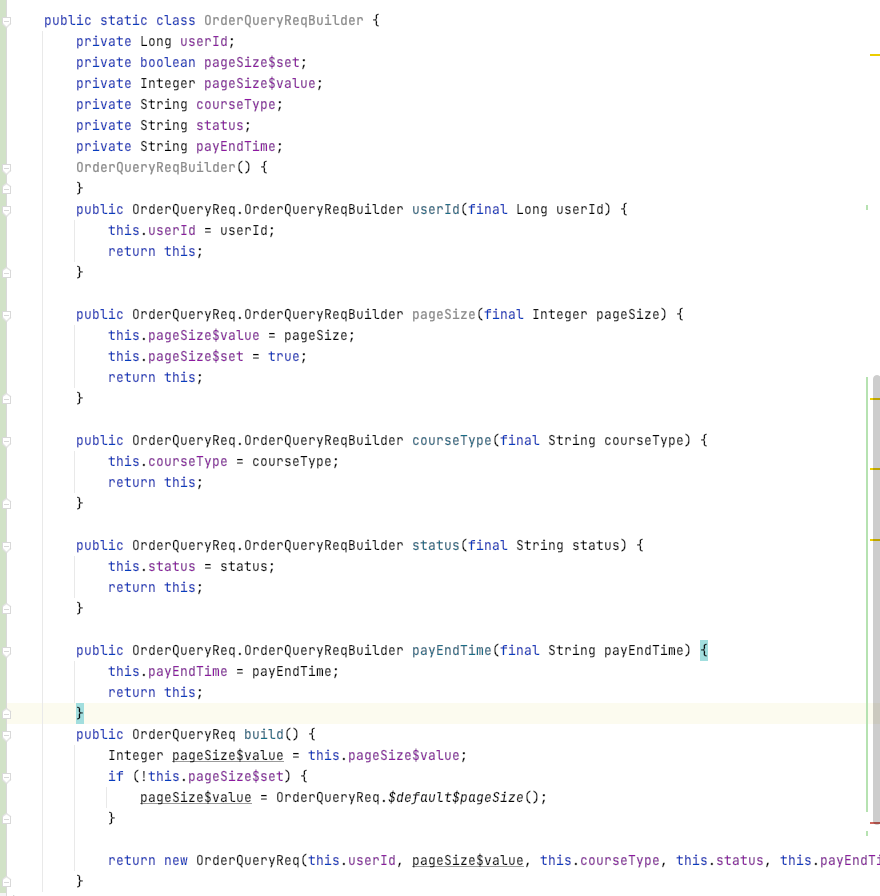
Blood cases caused by Lombok use
![[Dalian University of technology] information sharing of postgraduate entrance examination and re examination](/img/06/df5a64441814c9ecfa2f039318496e.jpg)
[Dalian University of technology] information sharing of postgraduate entrance examination and re examination
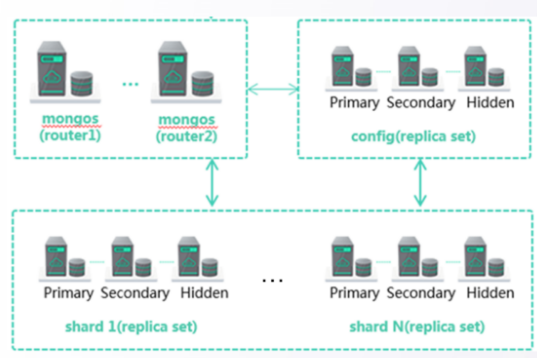
Huawei cloud database DDS products are deeply enabled
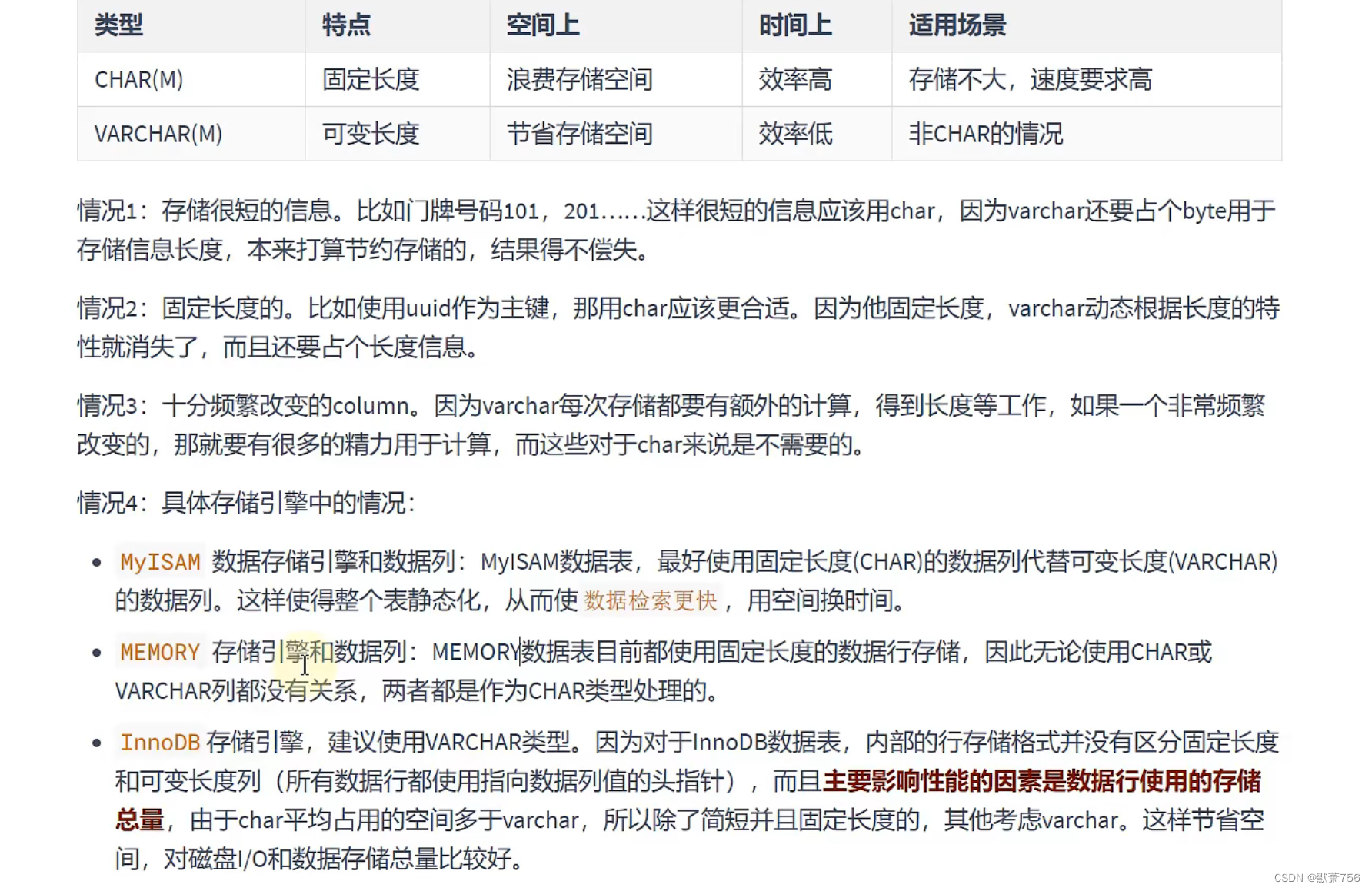
MySQL学习笔记——数据类型(2)
随机推荐
Building intelligent gray-scale data system from 0 to 1: Taking vivo game center as an example
Weibo and Huya advance into interest communities: different paths for peers
Summer Review, we must avoid stepping on these holes!
%F format character
Huawei cloud database DDS products are deeply enabled
科研漫画 | 联系到被试后还需要做什么?
Lombok使用引发的血案
谈SaaS下如何迅速部署应用软件
Implementation of web chat room
CentOS 6.3 下 PHP编译安装JSON模块报错解决
TechSmith Camtasia studio 2022.0.2 screen recording software
案例分享|金融业数据运营运维一体化建设
C1 certification learning notes 3 -- Web Foundation
Unity脚本API—GameObject游戏对象、Object 对象
MySQL组合索引(多列索引)使用与优化案例详解
数据库函数的用法「建议收藏」
Go zero micro service practical series (IX. ultimate optimization of seckill performance)
Unity脚本API—Time类
Redis' optimistic lock and pessimistic lock for solving transaction conflicts
Detailed explanation of MySQL composite index (multi column index) use and optimization cases
